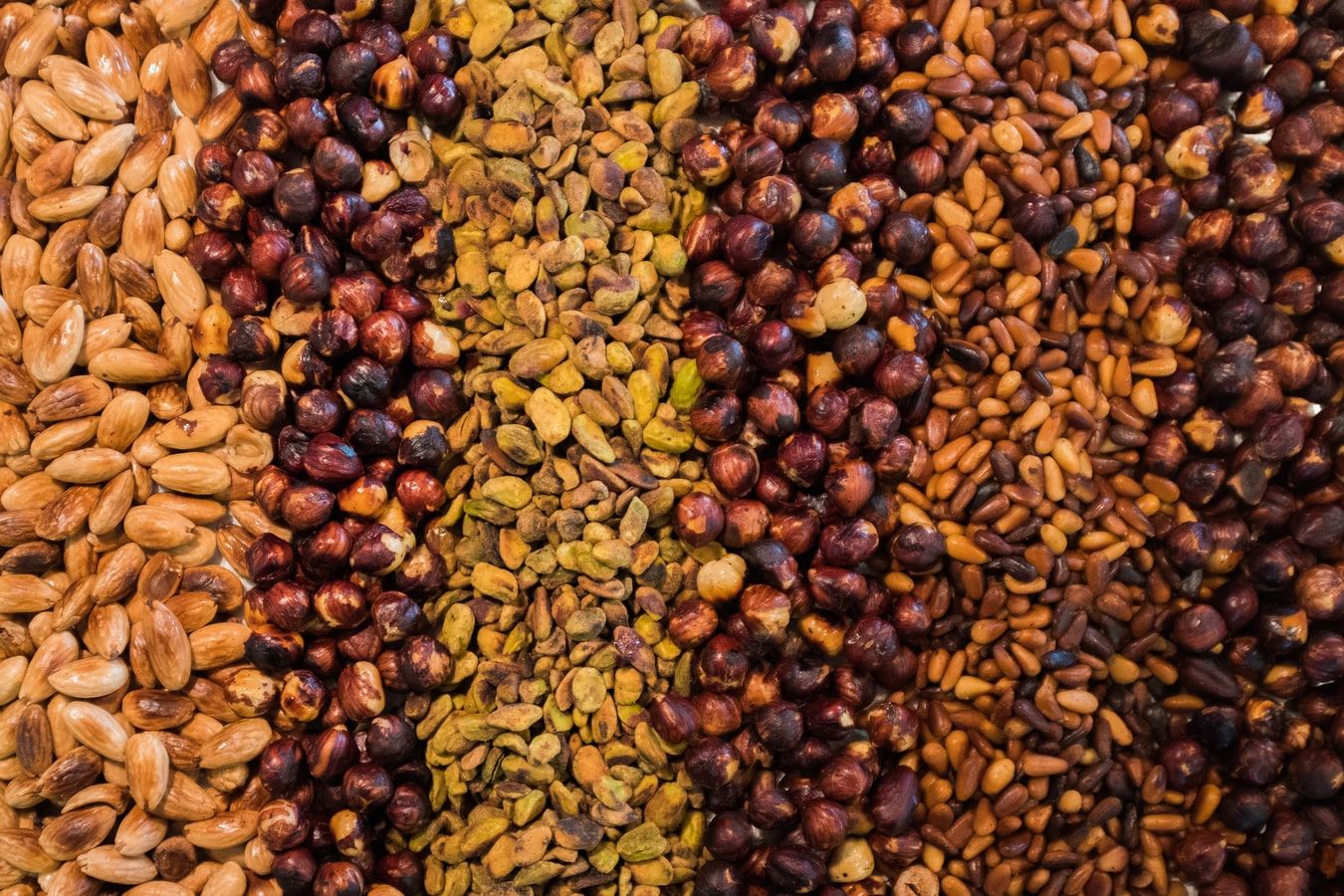Article
Associations Found Between Nut Allergies and Atopic Disease
Author(s):
Investigators link early atopic manifestations and other complications to tree nut allergy, which account for most of all food related deaths by anaphylaxis.

A large population-based cohort study from Stockholm, Sweden, found prevalence rates of sensitization to tree nuts and tree nut allergen molecules in young adults from the general population of Northern Europe.
Additionally, investigators led by Jessica Bager, Department of Women's and Children's Health, Karolinska Institutet, noted that tree nut allergy in subjects was associated with early onset, persistent and severe atopic disease.
These findings were the first of their kind, according to the investigators, and suggested that early atopic manifestations are associated with later tree nut storage protein sensitization.
Peanuts and tree nuts account for 70–90% of all food related deaths by anaphylaxis. Tree nuts account for 18–40% of those deaths.
A systematic review of studies across the world estimated the worldwide prevalence of probable tree nut allergy to range from 0.05-4.9%.
The team recognized that allergic reactions to nuts could be severe, and allergy to peanuts and tree nuts tended to last for the entire life of patients with allergies.
The study was intended to determine the prevalence of tree nut allergy in young adults from a population-based birth cohort in relation to sensitization at extract and molecular allergen levels, reported symptoms and early-life factors.
The Study
The investigators utilized the Swedish birth cohort BAMSE (Barn/Children Allergi/Allergy Miljö/Milieu Epidemiologi/Epidemiology Stockholm) to collect data on 4089 children born between 1994 and 1996 in Stockholm.
Data was collected from the 12-, 16- and 24-year follow-up questionnaires included in the cohort.
According to the study, the 24-year survey noted that the oral allergy syndrome was equal to the symptom “Itching/swelling sensation in mouth/throat”. In the 16- year survey, the symptom was “Itch in mouth, throat, ears”, and at 12 years “Itch in mouth, throat, eyes”.
Finally, all blood samples collected at 24 years of age were analyzed for 2 mixes of common nuts and peanut: fx1 (peanut, hazelnut, Brazil nut, almond, coconut) and fx22 (pecan nut, cashew nut, pistachio, walnut), using the ImmunoCAP System (Thermo Fisher Scientific, Uppsala, Sweden).
The Findings
The investigators defined participants who either reported clinical symptoms to tree nuts at 24 years of age or avoided tree nuts at 24 years and reported clinical symptoms at 12 or 16 years old as tree nut symptomatic.
Out of the 2215 participants included in our study, a total of 217 participants met those criteria.
The overall prevalence for tree nuts extract sensitization in the study was 21.2%, and among the 1996 participants who had no reported tree nut allergy symptoms, the prevalence of tree nut sensitization was 14.6%.
Early eczema, egg allergy and asthma were found to be associated with an increased risk of tree nut storage protein sensitization at 24 years of age, along with a majority of subject having reported more allergic comorbidities such as atopic dermatitis (66%), allergic rhinitis (67%), and asthma (66%).
Bager and colleagues noted that their findings were in line with previous allergy studies, they considered the high quality of longitudinal data to be a major strength of the present study.
“Our results are in line with a previous study showing that sensitization to some storage proteins including Cor a 9 and 14 in young patients with asthma was associated with asthma morbidity and higher levels of both systemic and local inflammation markers, compared to asthmatics not sensitized to these tree nut storage proteins,” the team wrote.
The study, “Prevalence and early-life risk factors for tree nut sensitization and allergy in young adults,” was published online in Clinical and Experimental Allergy.





